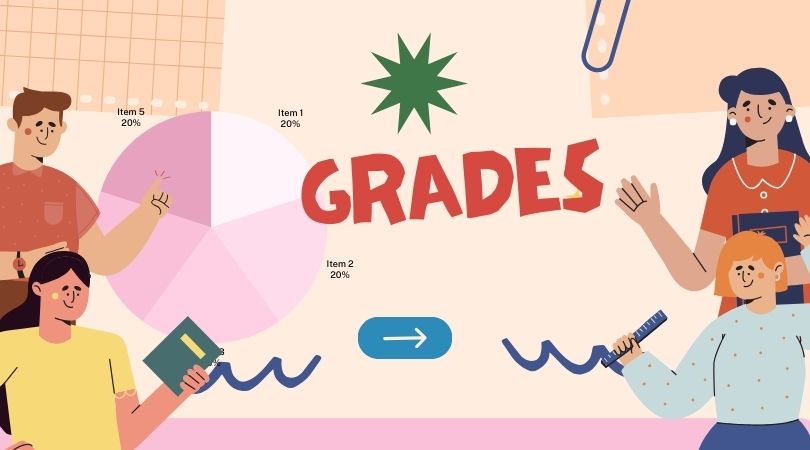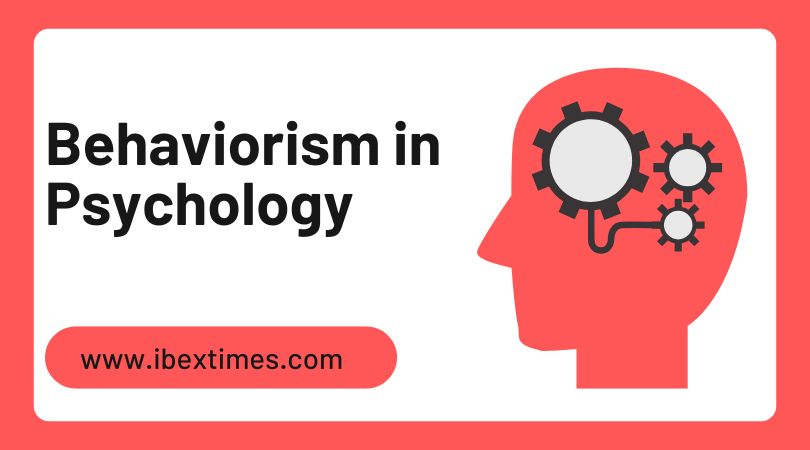By Abdul Rahim Daudani
In the intricate world of education, learning is far from a one-size-fits-all experience. It is a complex process, where students acquire new knowledge and skills at different paces, influenced by a myriad of personal circumstances, learning styles, and external factors. These differences are evident across grade levels, where students exhibit a wide range of performances. This variation in learning outcomes presents a significant challenge within the classroom, particularly when it comes to assessments and evaluations.
Students within any given class or grade can be broadly categorized into five groups based on their academic performance: exceptional performers, good performers, average students, strugglers, and backbenchers. Each group brings unique characteristics and challenges to the learning environment.
Exceptional Performers
These students consistently excel, often surpassing the standard curriculum. Their achievements, typically above 85%, are driven by a combination of factors, including a supportive home environment, access to additional resources, and intrinsic motivation. They are often labelled as ‘Toppers’ or ‘High Achievers’ and serve as the academic benchmarks in their classes.
Good Performers
This group meets or exceeds expectations with relative ease, consistently scoring above 75%. These ‘Bright Students’ demonstrate a solid grasp of the curriculum, backed by consistent study habits and adequate support from teachers and parents.
Average Performers
Students in this category generally meet the expected learning outcomes, performing around or above 60%. They achieve the minimum criteria to pass their grade, displaying a balanced mix of strengths and weaknesses. Despite their efforts, they may not exhibit a deep understanding beyond the basics.
Strugglers
These students face significant challenges in keeping up with the curriculum. Often struggling with basic concepts, they require more time and support to understand new material. Their grades hover around the minimum passing criteria, usually between 40% and 50%. These ‘Strugglers’ or ‘Low Graders’ often face barriers such as inconsistent attendance, lack of attention, or a declining focus span.
Backbenchers
At the bottom of the academic spectrum, these students struggle to comprehend the curriculum. The learning gap for these ‘F-Graders’ is substantial, making it difficult for them to keep up. Factors contributing to their struggles include learning disabilities, socio-economic challenges, and inadequate teaching methods. Without intervention, these students are at risk of falling further behind.
While this classification helps educators identify where students stand, it also exposes a critical flaw in the education system: the emphasis on grades often overshadows the individual learning journey. The focus on academic performance tags students early in their educational journey, potentially stifling creativity and individuality. The societal pressure to achieve high grades can turn the learning experience into a never-ending race, overshadowing the development of essential competencies and skills.
This issue is akin to passengers on a train journey, each with their unique experiences. While one passenger might write an exceptional travel log, it does not diminish the experiences of others. Similarly, in education, every student’s learning journey is valuable, regardless of how it is reflected in their grades.
Recognizing and nurturing the unique strengths of every student is essential for creating an inclusive and effective education system—one that benefits both individuals and society.
Rahim Daudani
The grading system, while necessary, often fails to recognize the diverse capabilities of students. It is crucial to acknowledge that academic excellence and competencies go hand in hand. Students who do not perform exceptionally well often have valid reasons, yet they are frequently labelled as underachievers or slow learners. This labelling can lead to disengagement and a lack of interest in learning.
One significant academic issue contributing to this disengagement is the ‘Learning Gap’—the disparity between what students are expected to know and what they actually know. As students’ progress through the education system, this gap can widen, particularly for those who only meet the minimum passing criteria. Over time, the accumulation of unlearned material can outweigh what has been learned, leading to demotivation and, in some cases, dropout.
To address this challenge, educators must focus on bridging these learning gaps. This requires implementing diverse teaching strategies and personalized learning approaches to meet the individual needs of students. By creating supportive learning environments that emphasize the journey rather than just the outcomes, we can help all students reach their full potential.
In the end, the brightest stars in the classroom may not always be the ones who drive future innovation and success. Recognizing and nurturing the unique strengths of every student is essential for creating an inclusive and effective education system—one that benefits both individuals and society.
The writer is an educationist, learning facilitator, counsellor, teacher trainer, and public speaker. He is Graduated from Hamdard University with an M-Ed and am currently serving as a Lead Specialist in the Curriculum and Exam Development Department at Aga Khan University Examination Board, a subsidiary of the Aga Khan Development Network (AKDN), since 2008. He is also actively engaged and voluntarily contributing as a curriculum developer for students facing learning difficulties and learning gaps with the Global Brotherhood Foundation (GBF).














